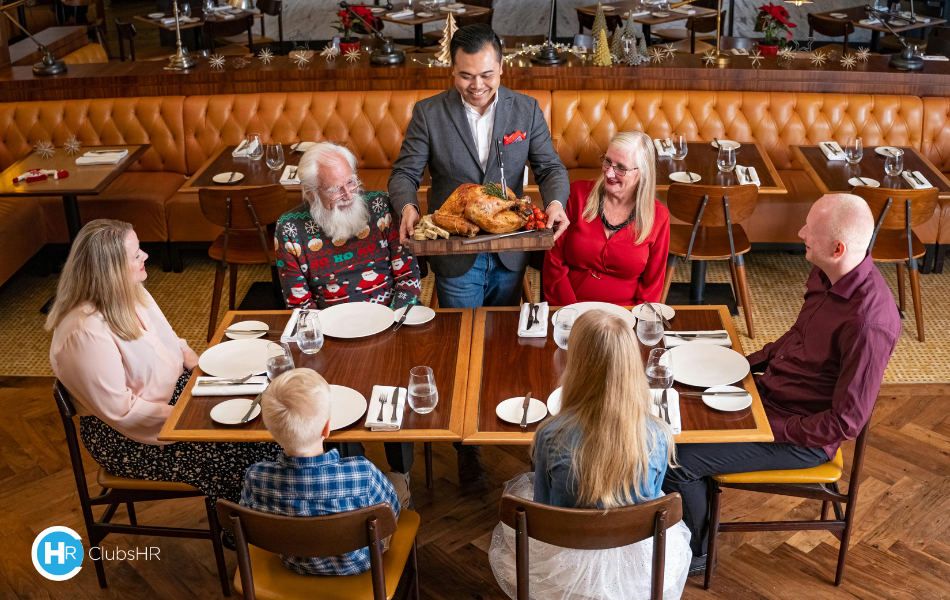School-Holiday Staffing: Build Family-Friendly Rosters That Still Hit Targets
MAY 15,2025 | BUSINESS | By ADMIN
MAY 15,2025 | BUSINESS | By ADMIN

Note — general guidance only: Award pay rates, penalty provisions and junior percentages update each 1 July. Confirm figures with the Fair Work Commission or a workplace-relations adviser before finalising school-holiday rosters.
Under the Hospitality Industry (General) Award 2020 (MA000009), the annual influx of teen workers and parent-staff during school breaks can be a win-win—if you roster smart. School holidays bring extra foot traffic and extra availability, but they also trigger special obligations: junior percentage rates, part-time minimums and flexible-work requests under the National Employment Standards (NES). Misjudge the mix and you’ll either overspend or lose talent to the café down the road.

• Junior rates & classification:
15- to 20-year-old staff are paid percentage rates of Level 2 or Level 3 wages—great for the budget, but misclassify them and back-pay looms.
• Parental availability:
Parents of school-age kids can request flexible start/finish times under the NES. You must genuinely consider—and document—these requests.
• Part-time minimums:
The Award’s part-time minimum of three consecutive hours still applies, even if a parent only wants the lunch rush.
• Peak-hour coverage:
Holiday lunch queues burn through prep time and reset KPIs—tight staffing math is critical.
• Stack short junior shifts before parents clock on:
Roster juniors 10:00 am – 2:00 pm for mise en place and register work, then swing parental part-timers in 11:30 am – 4:30 pm. The overlap covers the midday surge without overtime.
• Bake “parental buffer” windows into templates:
Include a 15-minute grace period either side of school-pickup times (2:45 pm & 3:15 pm) to absorb traffic or hand-over delays—documented in the roster so requests aren’t ad hoc.
• Offer “kids-eat-free” shifts to parents:
One free kids’ meal per rostered parent per day, redeemed during their break. It turns “bring the kids to work” into a retention booster and costs less than turnover.
• Deploy split-stations, not split shifts:
Keep workers on one continuous paid period but move them between stations (e.g., barista → desserts) to match demand spikes rather than sending them home for unpaid gaps.

• 10:00 am – 2:00 pm:
Junior (17 yrs, Level 2) — table resets, condiments, drinks prep.
• 11:30 am – 4:30 pm:
Parent (Level 3) — main lunch service, POS, cleanup.
• 2:30 pm – 6:30 pm:
Uni casual (Level 2) — afternoon coffee rush, inventory count, early dinner setup.
• Total wage cost vs KPI?
With juniors and Level 2 load mixed in, average hourly cost sits 18 % below a full adult-only roster while service coverage improves by 25 % in peak week-one lunch periods.
School-holiday rosters shine when you match who is available to when guests arrive—and when you respect both Award rules and family realities. Blend juniors with parents, lock minimum hours, and sprinkle perks that actually matter to caregivers. Do that, and you’ll hit revenue targets without burning cash or goodwill.
ClubsHR is the perfect solution to help manage your venue. Our online staff management software will help you streamline staff communication and roster with confidence.
Get the latest on management tips, tricks and more - straight to your inbox